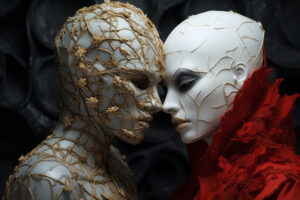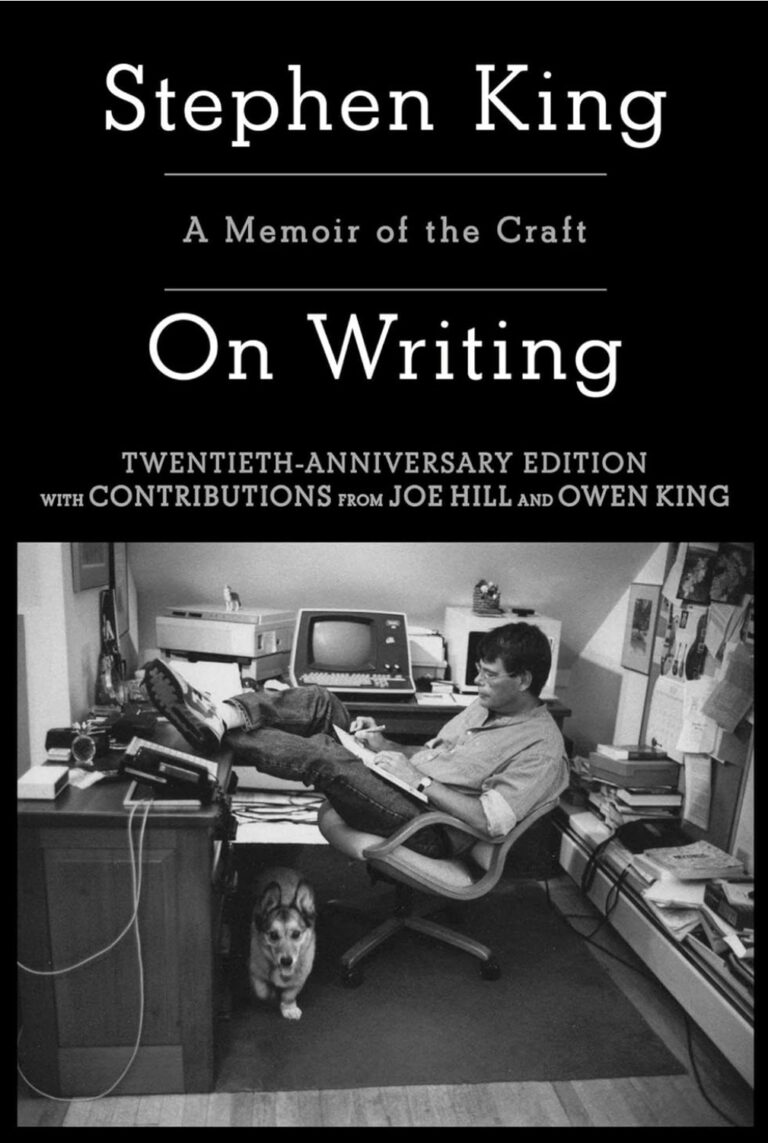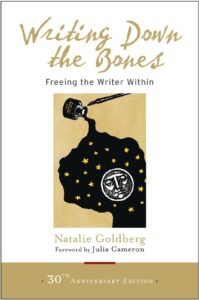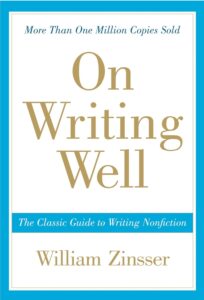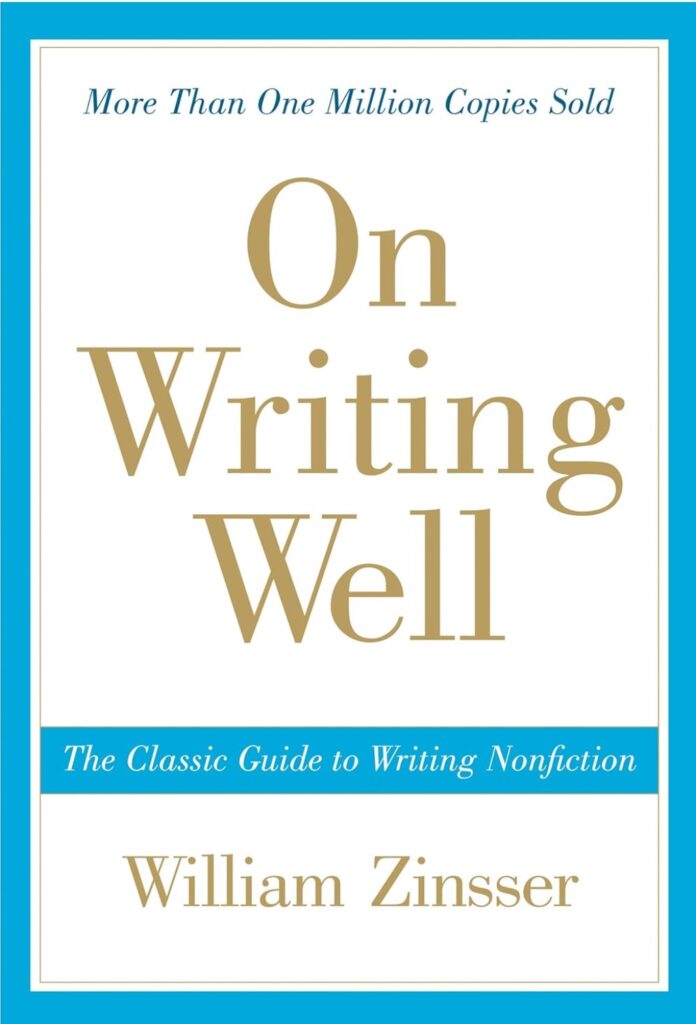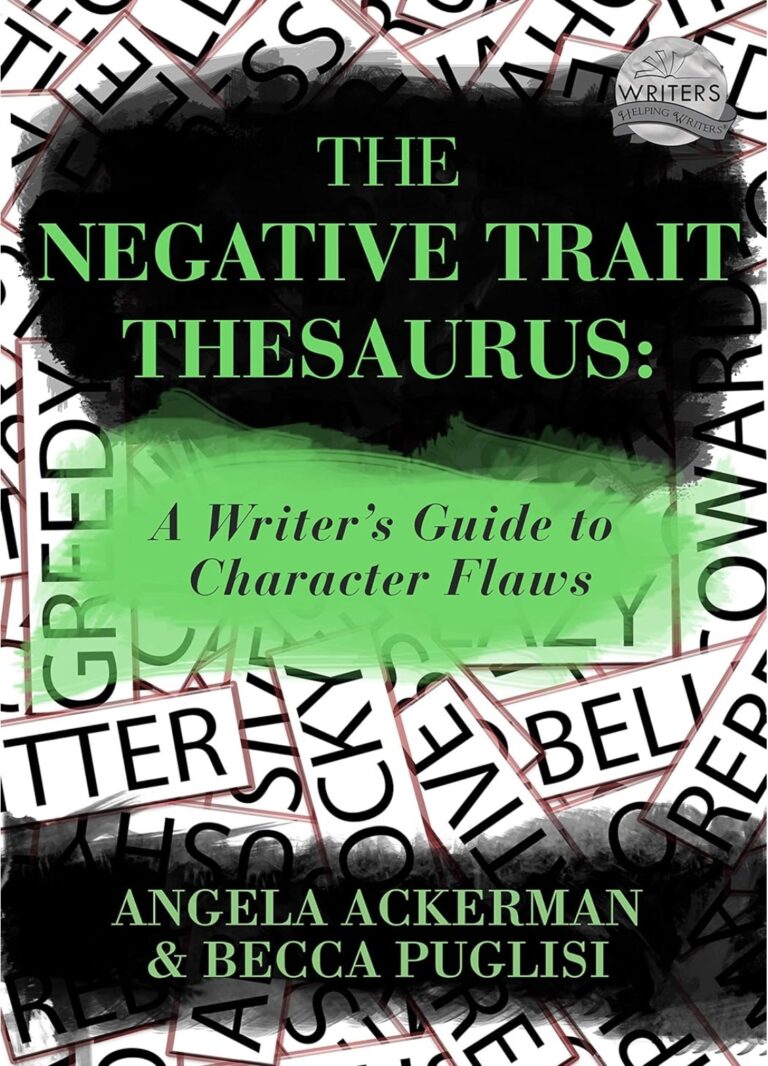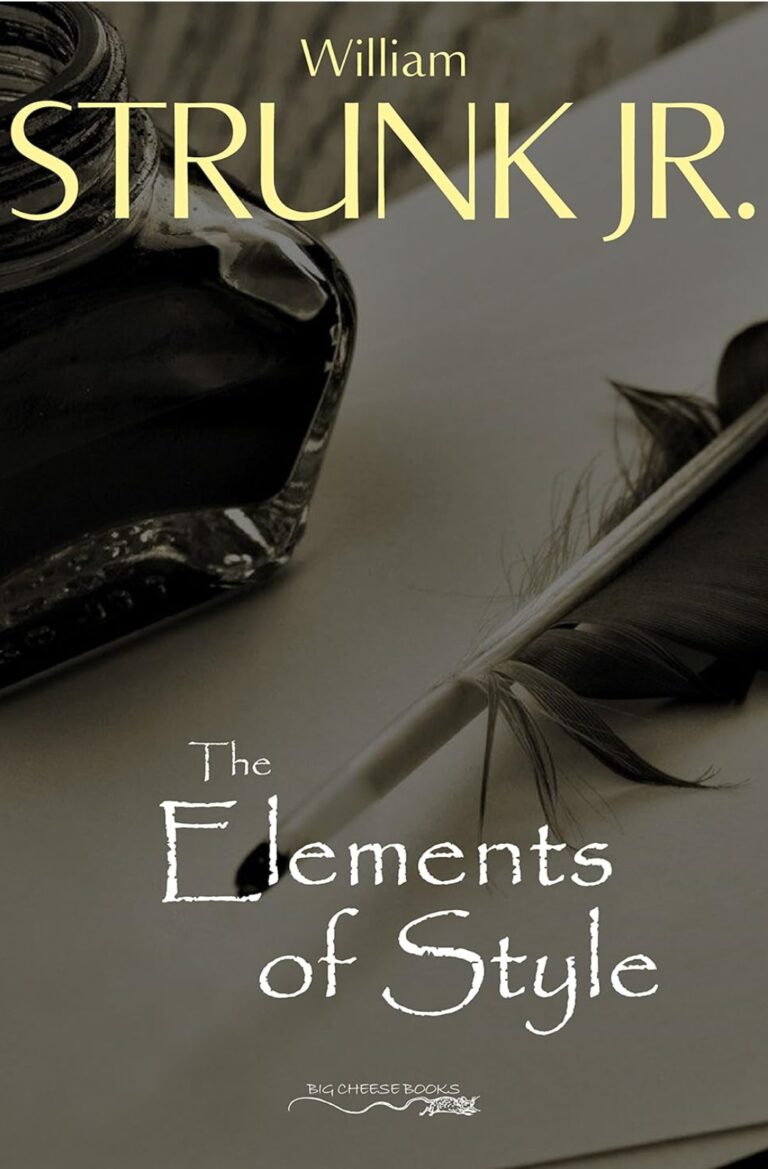As a romance author who writes insta-love stories featuring aliens, paranormal creatures, and unusual scenarios, I know that world-building is a crucial element in crafting an engaging and believable story.
In my experience, creating a vivid and immersive world can make all the difference in how readers connect with your characters and plot.
World-building isn’t just about the setting; it’s about creating a backdrop that enhances the emotional journey of your characters and makes the insta-love connection feel authentic.
Table of Contents
ToggleThe Importance of Setting in Paranormal Romance
Creating a Believable World
I’ve found that one of the most critical aspects of world-building in paranormal romance is creating a setting that feels real, even when it includes fantastical elements.
Readers are more likely to suspend their disbelief if the world is detailed and consistent. For example, in a novella I wrote featuring a human falling in love with a vampire, I meticulously described the vampire’s mansion, from the eerie, candle-lit hallways to the ancient, ornate furniture.
This attention to detail helped ground the story in a tangible world, making the supernatural elements more believable.
When building your world, consider the rules and logic that govern it. How do the paranormal elements fit into the everyday life of your characters? In a story I wrote about a werewolf, I established a set of rules for the transformation process, including the physical and emotional toll it takes on the character. This consistency not only added depth to the world but also created a sense of realism that readers could relate to.
Enhancing the Romantic Atmosphere
Setting plays a significant role in enhancing the romantic atmosphere of your story. In my experience, choosing the right setting can amplify the emotions and tensions between your characters.
For instance, in a novella I write about an alien diplomat and a human, I chose a secluded, lush alien planet with bioluminescent flora and a sky filled with multiple moons.
This exotic and intimate setting provided the perfect backdrop for their budding romance, making their connection feel otherworldly yet deeply personal.
Consider how the setting can reflect and enhance the emotional states of your characters. In a ghost romance I wrote, the haunted mansion where the ghost resided mirrored his loneliness and longing.
The decaying, abandoned halls echoed his despair, while the hidden, sunlit garden represented hope and new beginnings.
This contrast helped to visually and emotionally underscore the character’s journey and the insta-love connection.
Building Rich, Multi-Dimensional Worlds
Layering Details
In my experience, layering details is essential for creating a rich, multi-dimensional world. Readers should feel like they can step into your world and experience it with all their senses.
When writing about a minotaur navigating a human city, I incorporated sensory details like the sounds of bustling streets, the smell of street food, and the feel of the cold, concrete buildings.
These details helped to bring the setting to life and made the minotaur’s experiences more relatable.
Think about the history, culture, and geography of your world. What events have shaped the society your characters live in? How do cultural norms and traditions influence their behavior and relationships?
In a novella I wrote about a human and a fairy, I created a detailed history of the fairy realm, including its legends, customs, and conflicts with the human world.
This background added depth to the story and provided a rich tapestry for the romance to unfold against.
Consistency is Key
Consistency is crucial in world-building. I’ve found that maintaining consistency in the rules and logic of your world helps to keep readers immersed in the story.
For example, in a novella I wrote featuring a shape-shifter, I established clear rules about the shape-shifting process and its limitations.
Throughout the story, I adhered to these rules, ensuring that the character’s abilities and challenges remained believable.
Make sure that all elements of your world fit together logically. If your world includes magic, think about its source, its limitations, and its impact on society.
In a story I wrote about a witch and a human, I created a detailed magic system with specific spells, rituals, and consequences.
This consistency helped to ground the fantastical elements and made the witch’s abilities feel more authentic.
Integrating World-Building with Character Development
Connecting Characters to Their World
In my experience, connecting characters to their world is vital for creating a believable and immersive story.
Characters should interact with their environment in meaningful ways, and their backgrounds and experiences should reflect the world they inhabit.
For example, in a novella I wrote about a human falling in love with a vampire, the vampire’s long history and connection to his ancient mansion played a significant role in his character development.
His memories and experiences within the mansion shaped his personality and his interactions with the human protagonist.
Consider how the world influences your characters’ goals, fears, and relationships.
In a story I wrote about a werewolf, the character’s struggle to control his transformations and maintain a normal life in a human-dominated city added layers of conflict and tension to the romance.
His connection to the natural world and the wilderness outside the city also influenced his personality and choices, making him a more complex and relatable character.
Using World-Building to Enhance Conflict
World-building can also be a powerful tool for enhancing conflict in your story. I’ve found that creating external challenges and obstacles rooted in the world can add depth and tension to the romance.
In a novella I write about an alien diplomat and a human, the political tensions between their worlds created significant obstacles for their relationship.
The intricacies of interplanetary diplomacy, cultural differences, and societal expectations added layers of conflict that made their romance more compelling.
Think about how the world can create external pressures and challenges for your characters.
In a ghost romance I wrote, the haunted mansion’s curse and the ghost’s unresolved past created significant obstacles for the protagonists.
These external conflicts, rooted in the world-building, added tension and stakes to the romance, making their journey toward love more dramatic and satisfying.
Final Thoughts
World-building is a vital aspect of crafting compelling insta-love stories in the paranormal romance genre. In my experience, creating a believable, rich, and consistent world enhances the emotional depth of the story and makes the insta-love connection feel authentic.
By layering details, maintaining consistency, and integrating world-building with character development and conflict, you can create an immersive and engaging reading experience.
I’ve personally tried and used these world-building techniques in numerous stories and novellas, enhancing my writing and connecting more deeply with my readers.
For anyone writing romance, especially within the realms of supernatural and paranormal, focusing on world-building can elevate your stories and make them more memorable.
If you’re looking to create captivating insta-love romances set in vivid and fantastical worlds, I encourage you to dive deep into the art of world-building.
It’s a journey that will not only enrich your stories but also bring your characters and their romances to life in the most enchanting ways. Happy writing!







